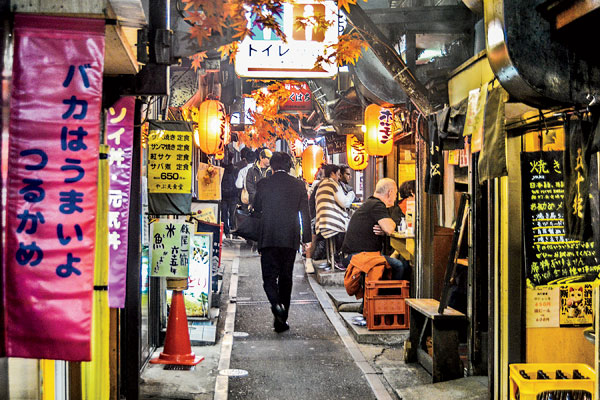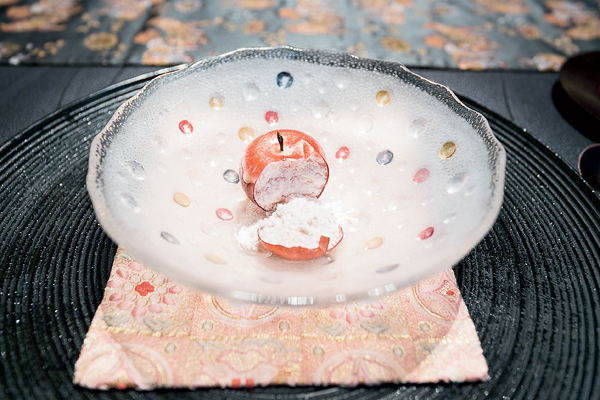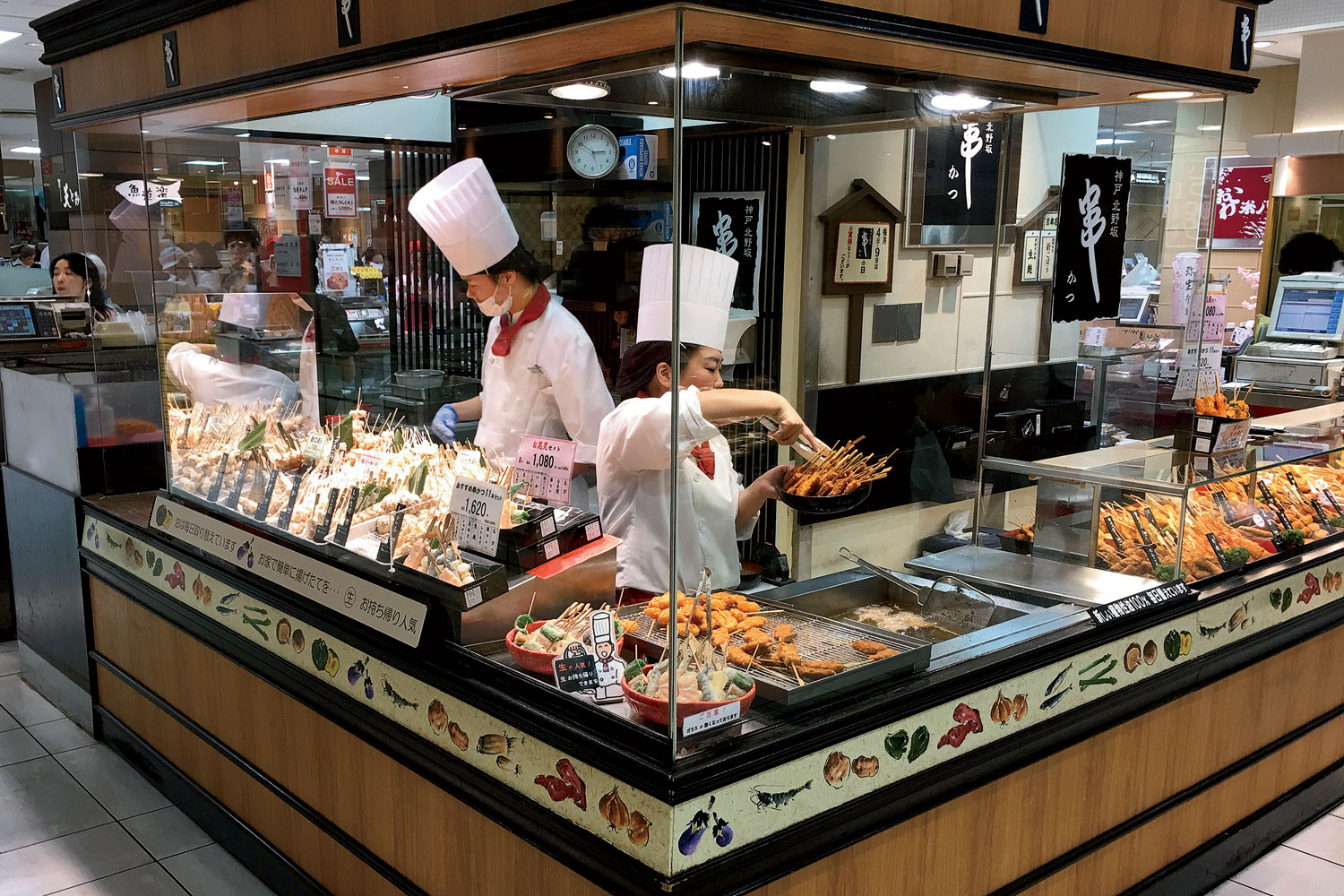
Your Guide
Shin Thompson, chef at the ramen restaurant Furious Spoon
Flight time:13 hours on All Nippon Airways
When to go:March and April
Cherry blossom season
Where to stay:Avoid Tokyo’s superexpensive hotels and go for an Airbnb (airbnb.com) instead. Prices for one-bedrooms in Shibuya start at about $75 a night.
When it comes to eating out in Tokyo, ramen is a good place to start. There are a lot of different styles, and not everyone agrees on what’s authentic and what’s not, especially now that a younger generation of ramen cooks is changing the game. Still, certain rules must be followed. For example, the texture of the noodles should be neither soggy nor hard. And the broth has to be served scalding hot and have a deep flavor that comes from long, slow simmering.
One ramen style I particularly like is tsukemen, in which the noodles and broth are served separately. I also like clam-broth ramen. My business partner and I recently went to this tiny eight-seat ramen shop in Tokyo’s Shibuya ward that’s famous for its clam broth. Called Hototogisu, it’s hidden away in an alley off a busy street. You could easily walk right by the place. As one does at most ramen shops in Japan, we placed our order at a vending machine, got a ticket, handed it to the cook, and took a seat at the counter to await our bowls of ramen. It was supremely tasty. When we got up to leave, though, the chef started yelling at us. He was insulted that my partner, a light eater, hadn’t finished his noodles.

That’s kind of how Tokyo is. There are traditions and rules that can catch the uninitiated off-guard. But overall it’s an incredibly welcoming and accessible food city. Take Tokyo’s immense department stores, like Sogo or Takashimaya, which have their own grocery sections featuring a vast selection of fresh food prepared on the spot—tempura, dumplings, cookies—and magnificently elaborate food displays. Another food lover’s destination is Kappabashi Street, which is lined with kitchen equipment shops, one practically on top of the other, where you can get high-quality Japanese cookware and sushi knives for reasonable prices.

As for sushi, for me it’s all about knowing where to justify a splurge. I recently had one of the most amazing sushi meals of my life at Umi, a tiny place in the Minato ward. It’s a two-Michelin-star restaurant with maybe 12 seats and a reputation for serving exotic fish. I had some things there I had never heard of before, like funa zushi, which is a kind of fermented carp.
Tokyo is also a serious drinking town. There’s an old quarter in Shinjuku known as Golden Gai, which is made up of a handful of streets lined with the tiniest bars I’ve ever seen—some seating as few as five or six people. Each bar has its own specialty: One might be known for its beers, another for its cocktails, another for its whiskeys. Sometimes it’s just you and the owner chatting over a drink.

To experience the full complexity and nuance of Japanese cuisine, you have to have a kaiseki meal. It’s a very formalized and traditional style of dining, with multiple courses. RyuGin is an upscale restaurant in the Roppongi district that does an interesting modern interpretation of kaiseki. My most recent meal there wrapped up in an unforgettable way. A plate arrived bearing what looked like a single shiny apple. We were instructed to tap on it with a spoon, which caused the apple to shatter—it was made of candied sugar. Inside was a pixie-dust-like substance that turned out to be dehydrated apple and tasted like the pure essence of the fruit. It was one of the most insane desserts I’ve ever had.



